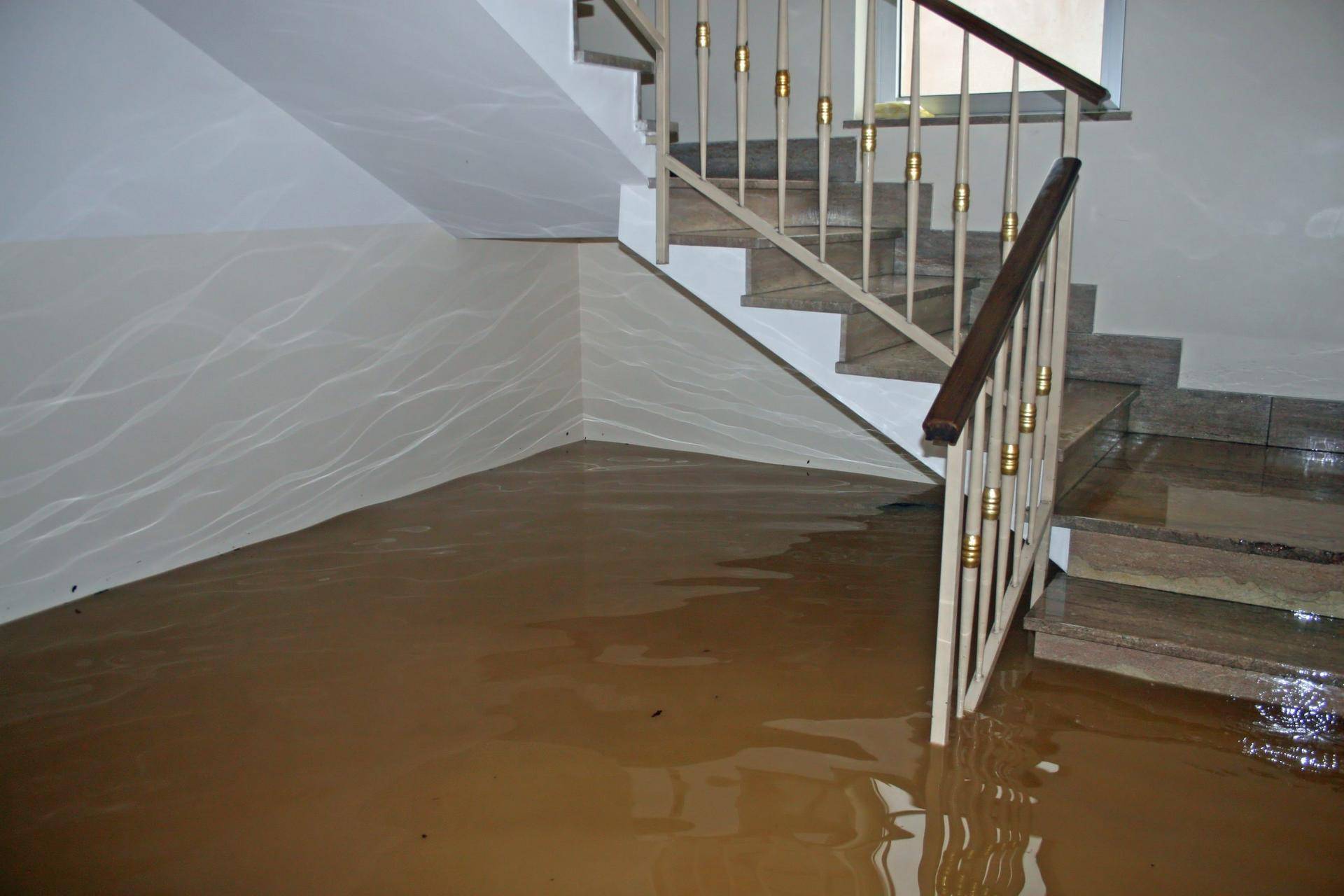By Kathleen Riggs
Many parts of the state have recently experienced flooding. It is important to properly clean and sanitize wet and muddy household furnishings, carpets, clothing and surfaces as quickly as possible to avoid damage and contamination. Consider these tips from the American Cleaning Institute (ACI) for cleanup.
* Call your insurance carrier within 24 hours, if possible.
* Document the damage with photos prior to the cleanup process. Even if all items are not covered under your policy, it is best to have full photo documentation.
* Consider calling a disaster recovery expert. Floodwater may carry silt, raw sewage, oil or chemical wastes that can cause a range of bacterial, viral and parasitic diseases. Proper cleanup methods are critical and require disinfecting, not just cleaning.
* Consider all water unsafe for drinking, cooking and cleaning until you have checked with your local health department.
* Check with local authorities to determine how to dispose of household items that have been contaminated by sewage or that have been wet for an extended period of time. Some locations have regulations and specific procedures for bagging, tagging and disposing of contaminated items.
* When cleaning, wear protective clothing, including long-sleeved shirts, long pants, rubber or plastic gloves, and waterproof boots or shoes.
* Take anything that was wet for two or more days outside. These items could have mold growing on them, even though you may not see it.
* Throw out any items that absorb water and cannot be cleaned or disinfected, such as mattresses, carpeting and stuffed animals.
* Launder your flood-soiled fabrics when water is clean and safe, electricity is restored and the washing machine has been checked for damage.
* Throw away fresh foods that may have come in contact with flood water, including glass jars of commercial or home-canned foods. Canned food items may rust and weaken sealed seams, allowing contamination into the contents. Cardboard and plastic containers are also easily contaminated.
* All countertops, appliances, floors, shelves, pots and pans, etc., should be washed with warm/hot soapy water followed by disinfecting. To disinfect, use a solution of ¾ cup of liquid chlorine bleach per gallon of water. Keep surfaces wet for two minutes, then rinse with clean water. Never mix bleach with ammonia or other cleaners. Discard wood and plastic items such as cutting boards, utensils and food storage containers that have been in contact with contaminated water, as they may harbor bacteria.
* Clean clothes and other water-soaked fabrics. Wet textiles are the perfect breeding ground for mold and mildew. Although your first instinct may be to wash these items in very hot water, high-water temperatures may set any stains. Click here for instructions from the American Cleaning Institute on how to “scrape and shake,” pre-wash, pre-treat and wash.
Experiencing damage to personal property by flooding can be devastating, but knowing there are steps to salvage items that have been exposed to mud and debris can help give you some peace of mind.

